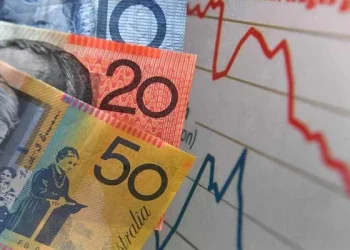Zimbabwe is the cheapest.
On November 11, 2019, it was issued by the Babwe Savings Bank, and the first denominations included two-dollar coins, two-dollar notes, and five-dollar notes.
At present, one yuan is worth 94,436,600 Zimbabwean dollars, or almost one billion.
It can be imagined that how cheap it is, than our ghost money are cheap, buy ghost money a dollar, no matter how printed, estimated that there are not one billion denominations.
From 2019 to 2021, its exchange rate has been increasing, which means that the Zimbabwean currency has continued to depreciate.
Even a plain piece of paper is worth more than its highest denomination, a staggering figure.
At an official exchange rate of 42,000 to the Iranian rial, the Iranian rial topped the global list at the start of the year of the pig.
The largest face value of the rial issued in Iran is 1,000,000 yuan.
Since 2012, Iran’s currency has plunged in value as the United States and Europe announced sanctions against the country.
According to the official exchange rate, Iran has lost more than 300 per cent of its value against the dollar in the past decade.
At the black market rate, one dollar is worth as much as 112,000 yuan.
The Vietnamese dong is the second cheapest currency in the world.
The current official exchange rate shows that one US dollar is worth 23,195 dong.
The dong has lost more than 100 per cent of its value against the dollar since the 1997 Asian financial crisis.
Different from Iran caused by international sanctions, Vietnam’s economy is export-oriented, and the depreciation of the Vietnamese dong has played a positive role in stimulating the export of domestic products and boosting the economy to a certain extent.
Southeast Asian countries account for four of the top 10 “cheapest” currencies in the world.
In addition to the Vietnamese dong, the Indonesian rupiah, Lao kipu and Cambodian riel have depreciated 480 per cent, 780 per cent and 46 per cent respectively since before the 1997 financial crisis.
Emerging economies around the world took a hit in 2018, with the rupiah losing 13% of its value against the dollar in the first ten months of the year compared with the start of the year.
Indonesia has raised interest rates six times over the past year in response to a crisis of persistent currency depreciation, and the rupiah’s decline has eased in the past two months.























